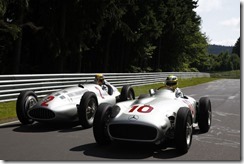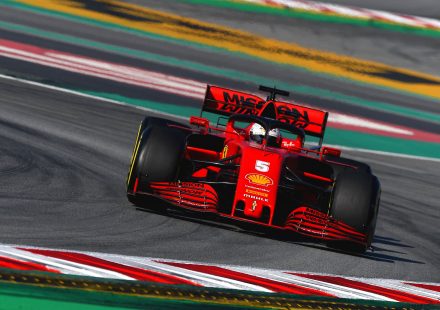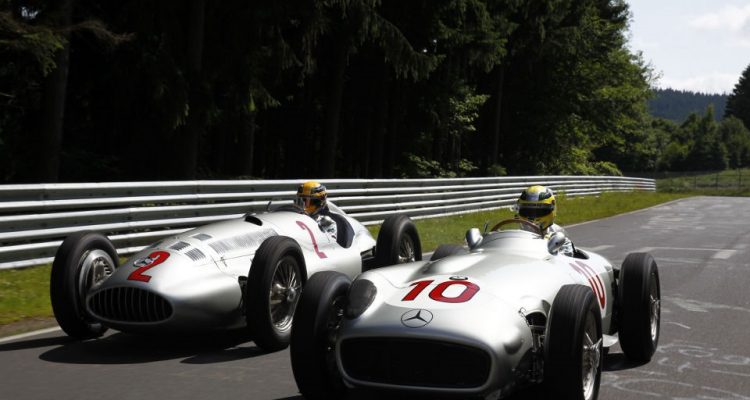Nowadays it’s hard to picture a world that doesn’t revolve around the efficient transportation that cars offer.
 However, such a time did exist when the automobile was a highly experimental concept. The modern car has evolved heavily when compared to its predecessors. As society modernises, so does the car, adapting to the needs and desires of consumers.
However, such a time did exist when the automobile was a highly experimental concept. The modern car has evolved heavily when compared to its predecessors. As society modernises, so does the car, adapting to the needs and desires of consumers.
Here we examine the history of driving, from the primitive beginnings of the world’s first automobiles to the introduction of, and changes in, driving policies such as tests and motor insurance.
The Founding Fathers of Motoring
At the beginning of the nineteenth century most people travelled by horse, as they had for centuries. This soon changed with the transport revolution which swept the globe; innovations in engineering acted as the catalyst for dramatic improvements in travel. The railway was the first widely implemented modern transport system, and the development of the automobile followed soon after. Karl Benz invented what is generally known as the first automobile; aesthetically similar to carriages and stagecoaches, the Motorwagen was built in Germany in 1885 and was the first motor powered vehicle of its kind.
Benz’s Motorwagen was three-wheeled and essentially a hybrid between a carriage and tricycle, powered by a four stroke engine. The vehicle had in the region of 1-2 horsepower and a top speed of just 10mph. Hardly comparable to the kind of cars we have today – but then only 25 were ever made as this was also long before the days of mass production.
In 1889, as Benz was developing his Motorwagen, Gottlieb Daimler was working on his first purpose built automobile, the Stahlradwagen. Although Daimler’s design was closer to our modern vehicles, with its four wheel design, it was still a far cry from what modern day motorists would be familiar with.
The first real ‘modern’ car was created in 1900 by Daimler’s company, Daimler-Motoren-Gesseschaft. The vehicle was called the Mercedes 35 HP and represented a promethean leap in automobile technology, with 35 horsepower (as the name suggests) and a top speed of around 45mph. In terms of design, the Mercedes discarded the cumbersome wagon style, opting for the low-profile design we are now accustomed to. Initially produced for motor racing, the car was soon adapted for commercial use. However, production of the vehicle was still slow and laborious, so most people were still priced out of the market and car ownership was for the elite alone. Ultimately, Benz and Daimler joined forces and their combined legacy lives on in the Mercedes Benz brand to this day. Find out more about the history of Mercedes Benz by clicking here.
Although these German engineers kicked off the development of the modern motor card, it would be the Ford Motor Company in the United States that finally made the jump to affordable mass production. The Ford Model T was the first widely accessible car to hit the streets and its success was largely due the introduction of an ‘assembly line’ during production. The vehicle cost $890 to purchase in 1909 but dropped to $260 by the 1920s, and thus regular Joes had their first taste of life behind the wheel.
The Standardisation of Driving Licenses, Driving Tests and Motoring Insurance
The Road Traffic Act 1930 introduced driving offences such as reckless driving and driving under the influence of drugs or alcohol – although controversially didn’t include any speed limits.
Compulsory insurance was also introduced in the Act, which stipulated it was essential to have cover against third party injuries. This was the beginning of the car insurance industry we see today; with aggregators allowing consumers to compare policies from a huge range of providers. Prior to this, people still insured their vehicles against damages due to the large amount of money invested of them. It was a frequent occurrence for a large amount of money to be spent on a vehicle for it to later be involved in an accident which the owner could not afford to repair.
Until the Road Traffic Act 1934 was introduced it was not even necessary to complete a driving test to secure a license. Anyone could apply for a license, meaning that driving procedures were not standardised and there was a lot of unsafe driving and casualties.
.
A Transition in to Motoring Modernity
From the very beginning, developments in the motoring industry have been led by innovations from racing cars trickling down into the design of road vehicles. Following the initial launch of Ford’s first cars, the popularity of the motor vehicle spread and Ford established a dealership in the UK in 1910. As the price of cars dropped, the target market widened; expanding from just the middle classes at the start of the twentieth century, to a global market as we know it now. However, initially, manufacturers did not offer different models in their ranges. Ex-General Motors president, Alfred P. Sloan is often attributed with pushing forward the idea of a manufacturer producing a variety of automobile models, encouraging such notions as yearly model alterations and planned obsolescence, which ensure the industry never stagnated and was constantly improving, and more importantly, always profiting.
These books by Auto Heritage are worth reading for more information on the history of motoring and the automobile.
Info: Gwen, Image: Daimler Media










